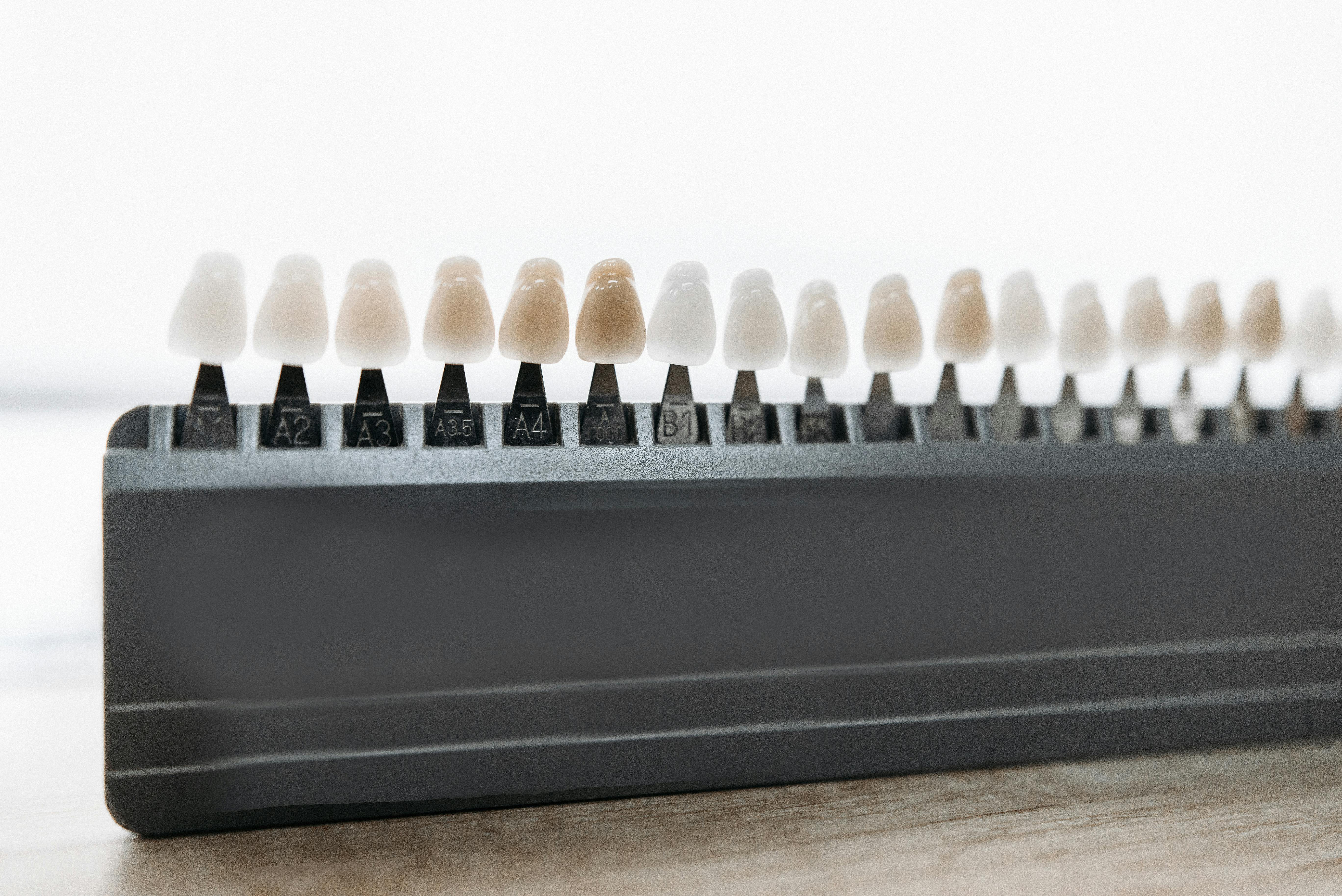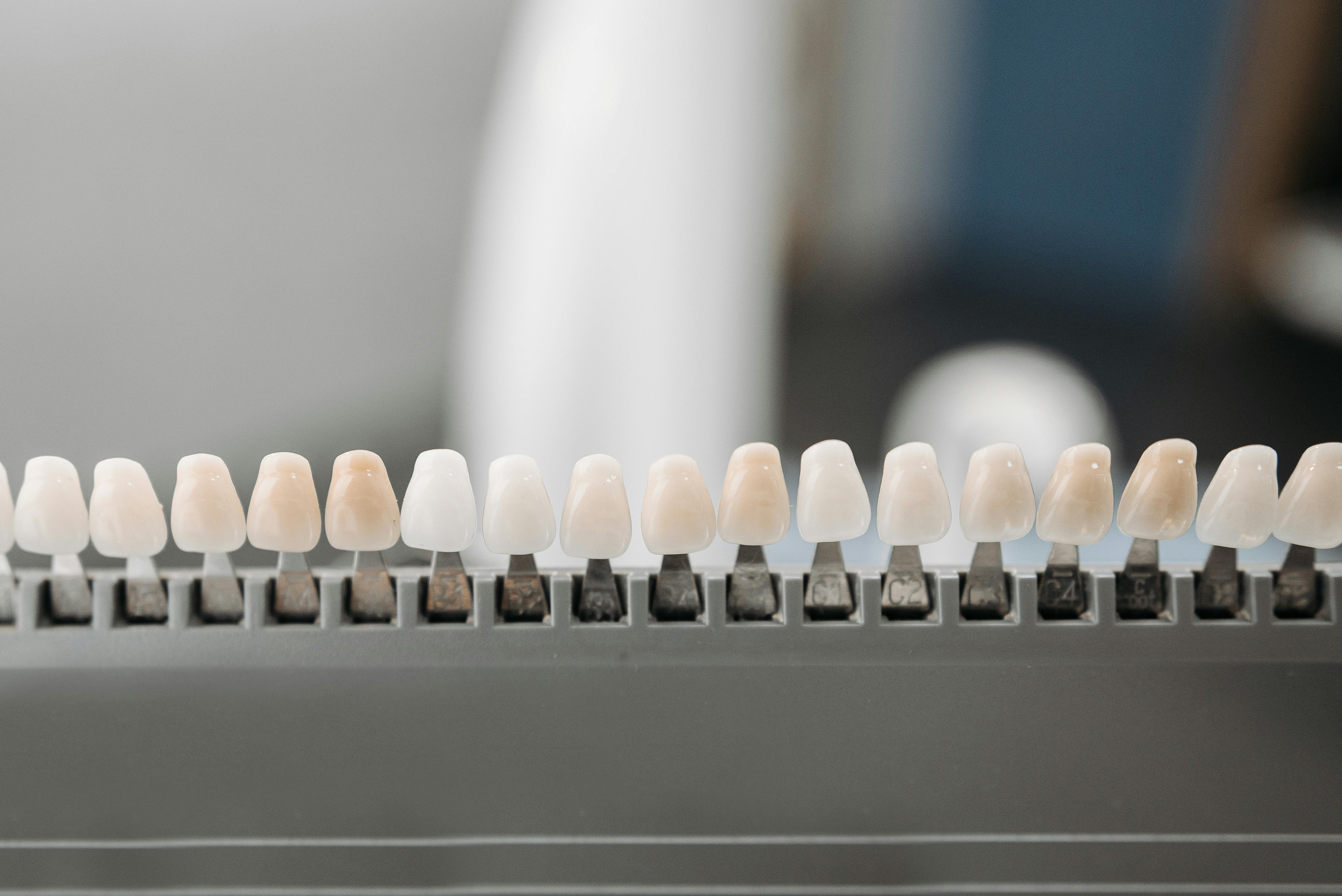Veneers are a common and popular treatment for those looking to improve the appearance of their smile. But did you know that before veneers can be applied to your teeth, they may need to be shaved down? This process is necessary to ensure a secure fit for the veneer and is important for proper function. In this article, we’ll explore the process of having your teeth shaved down prior to receiving veneers, as well as the associated risks and benefits.Veneers are thin shells made of porcelain or composite resin material that are custom-made to cover the front surfaces of teeth. They are used to improve the appearance of a smile by changing the color, size, shape, and length of teeth. Veneers are often used to fix dental issues such as chipped, stained, misaligned, gapped, and worn down teeth.
What Do Veneers Do?
Veneers are a cosmetic dental procedure in which thin, porcelain shells are custom-made and applied to the front surfaces of teeth. This is done to improve the overall appearance of teeth that may be discolored, misaligned, chipped, or otherwise imperfect. Veneers can also help protect teeth from further damage due to decay or wear and tear. The process of getting veneers typically requires two to three visits to the dentist: one for a consultation and two for the actual placement of the veneers. During these visits, the dentist will measure and prepare the teeth for veneer placement, take impressions of the teeth, and then place them onto the teeth once they have been designed and created in a lab. The final result is a beautiful set of natural-looking teeth that are more resistant to further damage.
Veneers can provide many benefits for those looking for an aesthetic improvement in their smile. They can whiten or lighten discolored or stained teeth, repair minor chips or cracks in enamel, correct uneven tooth spacing, reshape misshapen teeth, and fill gaps between teeth caused by missing ones. Patients who get veneers often find that their confidence is boosted as well since they feel better about their smile after undergoing this procedure. In addition to cosmetic improvements, veneers can also provide protection against future damage due to cavities or decay since they create a barrier between the tooth surface and any potential harm.
Are Veneers Permanent?
Veneers are a popular choice for enhancing the appearance of your teeth and improving your smile. They are thin pieces of porcelain or composite material that are custom-made to fit over the front surfaces of your teeth. Veneers can be used to correct a variety of aesthetic issues, including chips, discoloration, cracks, gaps between the teeth, and misalignment. The question is, are veneers permanent?
The answer is both yes and no. Veneers do not require any permanent alteration to your natural teeth and can be removed if necessary. However, once they are bonded to your natural teeth, they become permanent fixtures in your mouth that cannot be taken out without damaging them. If you choose to have veneers placed on your teeth, it is important to understand that they will need to be replaced every 5-10 years in order to maintain their appearance and strength.
In addition, it is important to take good care of your veneers in order for them to last as long as possible. This means brushing and flossing regularly and avoiding hard or sticky foods that can damage the veneer or cause it to come loose from its bond with the tooth. If you take good care of your veneers, they should last for many years before needing replacement.
Overall, veneers are a great option for those looking for an easy way to improve their smile without any permanent changes to their natural teeth. Although they cannot be considered completely “permanent” due to the need for replacements every 5-10 years, they can provide long-lasting results when properly taken care of.
What Is Involved In Getting Veneers?
Veneers are a great way to improve the appearance of your smile. They are a thin layer of porcelain or composite material that is bonded to the front surface of your teeth to improve their overall shape and color. The process of getting veneers typically involves three steps: consultation, preparation, and bonding. During the consultation, your dentist will discuss the process with you and determine if veneers are right for you. The preparation step involves your dentist removing a small amount of enamel from the outer surface of your teeth in order to make room for the veneers. Finally, during the bonding step, your dentist will use special cementing materials to secure the veneers in place.
Overall, getting veneers is a relatively straightforward process that can be completed in as little as two visits to your dentist’s office. If you’re looking for a way to enhance the appearance of your smile, veneers may be a good option for you!
What is the procedure for getting veneers?
The process of getting veneers is relatively straightforward. First, your dentist will take X-rays and impressions of your teeth to determine if you are a suitable candidate for veneers. If you are, then your dentist will prepare your teeth by removing a small amount of enamel from the front and sides of each tooth. This helps to make room for the veneer to be applied. Next, a temporary veneer is placed on the teeth while a permanent one is created in a dental laboratory. Once the permanent veneer is ready, it is bonded to your tooth and polished until it looks natural and aesthetically pleasing. The entire process usually takes two visits to complete and requires no anesthesia or sedation. Afterward, your dentist may give you instructions on how to take care of your new veneers and ensure their longevity.
Veneers are an excellent way to improve the appearance of your smile and boost your self-confidence. By following the steps outlined above, you can ensure that you get the best results possible from this cosmetic procedure.

Do Veneers Require Removing Tooth Structure?
Veneers are a popular choice for improving a person’s smile. But many people have concerns about how the process of applying veneers will affect their teeth. One common question is whether or not veneers require removing tooth structure.
The answer to this question is that it depends on the type of veneer being applied and the condition of the patient’s existing teeth. If the patient has minimal existing damage, they may be able to get a no-prep or minimal-prep veneer, which does not require removing any tooth structure. However, if a patient has significant damage or decay, their dentist may need to remove some of their existing enamel in order to ensure that the veneer fits properly and is securely bonded to the tooth.
In general, traditional porcelain veneers require more tooth structure removal than other types of veneers, such as composite resin veneers. In most cases, dentists are careful to only remove as much as is necessary in order to achieve a good fit and secure bond for the new veneer. The amount of enamel removed is usually very small and should not cause any long-term issues with sensitivity or structural integrity.
In addition, many dentists use advanced techniques that allow them to reduce the amount of enamel they need to remove in order to achieve a good fit for a traditional porcelain veneer. These techniques include laser etching and air abrasion, both of which can reduce the amount of enamel that needs to be removed without compromising the security or longevity of the new veneer.
Overall, it is possible for some people to get no-prep or minimal-prep veneers without having any tooth structure removed at all. For those who need more extensive work done in order to get their perfect smile, dentists are careful and precise about how much enamel is removed in order to create an attractive and secure fit for their new veneers without compromising tooth health or function.
How Much Preparation Is Required For A Veneer?
Veneers are a thin, custom-made shells that are designed to be applied to the front of a tooth in order to improve its appearance. They can be used to correct unevenly shaped teeth, close gaps between teeth, and restore worn-down teeth. Preparing a tooth for a veneer typically involves removing some of the enamel from the front of the tooth in order to make room for the veneer. This process is often done with a dental drill, and it is necessary for the veneer to fit properly on the tooth. In some cases, minimally invasive preparation techniques may be used in order to preserve as much of the natural tooth structure as possible.
Once the tooth has been prepared, an impression will be taken in order to create a model of the patient’s mouth that will be used by a dental laboratory to make custom-fit veneers. The patient may need to wear temporary veneers while waiting for their permanent set of veneers to arrive from the laboratory. Once they have been received, they are bonded onto the teeth and then polished and smoothed for a natural appearance.
In summary, preparing a tooth for a veneer requires removal of some enamel from the front surface of the tooth in order to make room for it. An impression will then be taken and sent off to a laboratory where custom-fit veneers will be made. Temporary veneers can be worn while waiting for permanent ones, which are then bonded onto the teeth and polished for a natural look.
Getting a Veneer Involve Shaving Down Teeth?
Yes, getting a veneer does involve shaving down the teeth. This is usually done by a dental professional to ensure that the teeth have an even surface before bonding the veneers. The process involves carefully removing a small amount of enamel from the surface of each tooth, creating a smooth and level surface that can then be bonded to the veneer. This process may be done with sandpaper, buffing wheels, or a laser depending on what is necessary for each individual case.
Once the teeth have been shaved down and prepared for bonding, the dental professional will then bond the veneers to the teeth using an adhesive material such as dental cement or composite resin. After this process is complete, it is important to practice good oral hygiene and regularly visit your dentist so that any signs of decay can be caught early and treated appropriately. With proper care and maintenance, your veneers should last for many years before needing to be replaced.

Conclusion
Veneers are a great option for those who want to improve the look of their teeth and make them straighter and brighter. While it is true that some veneers require enamel to be shaved down, this is not always the case. There are many types of veneers that can be used without shaving down any enamel, so it is important to discuss all options with your dentist before making a decision. Ultimately, veneers can be an excellent way to improve the look of your teeth while preserving as much of your enamel as possible.
No matter what type of veneer you choose, it is important to take care of them properly by brushing twice a day and flossing daily. With proper care, these porcelain shells can last many years before needing replacement.
